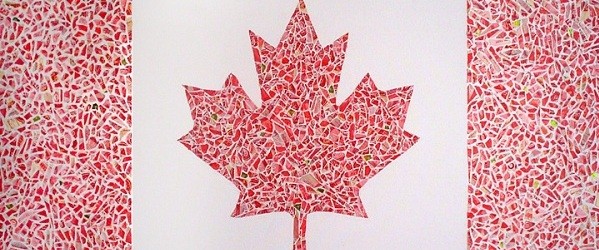
Marc Adornato: An Artist Repurposed in Canada
Art, Artists, Interviews“Do you feel like doing an interview with an artist?”
The words were straight, to the point, and not sugar coated with any symbolistic bullshit. Nothing ever is with the editors of Zouch though; time is reserved for the exploration of creativity for the masses.
“Yeah, for sure. Who is the target?”
Thus was the beginning to my whirlwind, online introduction to the ravishing splendor that is Marc Adornato. Deep down into the wishing well of imagination I fell, drowning in the depths of visual havoc, bedlam wrapped carefully with the murderous application of artistic genius; I slipped into the brain of Canada’s newest sensation. Adornato is nothing short of impossible to pin down with his art, and I mean this in the most exquisite of complaints possible. Letting his mind take him from video, to sculpture, performance pieces, and now to his latest body of work centered around re-purposing antique Canadiana; limitation isn’t part of this young man’s vocabulary. After exploring his website, familiarizing myself with the talent I was about to crack open and splay about for the public to indulge in with this article, I must admit, I was expecting to speak with a personality that would be less than direct, or not laced in cryptic romance along the lines of Eraserhead himself. Rather, I was shocked to discover Mr. Adornato is anything less than civil, and all about sharing his experiences through his artistic life with those who are curious to ask. Naturally, I experimented with how far was too far in the world of query, and was intoxicated with this artists soul:
Ribbon: As many will discover perusing through your online galleries; you began your career without remorse or hesitation towards freedom of expression. Do you feel as though starting your artistic “life” with an explosion of passion, aggression, and liberation was a controlled choice, or based on your sentiments to modern society? Specifically your video installation works where censorship is non-existent; is this a concise move to, perhaps, re-establish the art scene as a platform to engage social / political conversation within the general public?
Marc: I was formally trained in Fine Arts. Part of that training included hard skills such as painting, sculpture, video production. But the more interesting part of the education was how they train you to think critically, to question, to challenge the status quo and not accept anything at face value. I mean, I can also paint landscapes, and I’m pretty good at figurative drawing too, but that’s not what I want to make my art about. I want my art to engage the public in a different way. I want to provoke thought and discussion about emotionally charged current issues. I first want people to actually stop and look at my work for more than 2 seconds, and then I want it to piss them off, make them laugh, get their blood boiling, or just activate something in them in some way.
With the video work, I was able to engage the viewer in a different way than a static piece of art. I was able to take familiar images and scenes from television, then peel back the layers of the televisual construction, manipulate it, and re-write the video the way I wanted.
It reminds me of a very famous painting by a Belgian artist, Rene Magritte, of a tobacco pipe. Underneath the pipe, written on the canvas is, “This is not a pipe”. It seems silly, because it is a pipe. But he’s actually right. It is not an actual pipe, but simply a painting of a pipe, made of paint, and lines, and brush strokes on canvas.
In fact, you must be mad to think that his paint on a canvas is somehow a pipe, right? What Magritte was saying with this piece, was that the world and environment you perceive, and are presented with, may not necessarily be real, but rather a controlled creation of what you are suppose to see. Nothing could be more true when it comes to the manipulation of information in the contemporary media world we live in, and my video mash-ups addressed that.
My early art series ‘ANARCHOS APOCALYPSIS’ was a series of artworks and video installations that addressed what I perceived was really happening in the world, as oppose to the generally censored and distractive tactics fed to us by the government and media at large.
Shortly after George Bush was selected, not elected, to be the US president, 9-11 happened, the war on terror turned to Iraq despite global protest, and the deregulation of the financial system quietly ensued in the US and abroad, contributing to the financial crisis we’re in today.
I don’t claim to be an expert on any of this stuff, but what I do know is that the ‘have-not’ population of which I am a part of, was, and still is getting screwed while the powerful and the wealthy become exponentially wealthier.
When I broke out onto the art scene around 2001, I consciously wanted to reflect my feelings of rage and frustration with the world, through my artwork. So I decided I would test the limits of art and break all the rules to express my displeasure. I ripped up money and glued it to canvas, I smashed beautiful harmless things to pieces, I set shit on fire, and with the videos, I ignored all copyright laws and remixed music and television to tell the story I wanted to tell. I wanted to reverse the propaganda that was being fed to us, and instead, produce the message that was not intended to be distributed on the airwaves. This was my own way of protesting I guess. Although the rationale for making the work sounds rather introverted, I think my work really resonated with a lot of people as the videos toured Canada, and the hits on youtube have been half decent too.
R: There is an apocalyptic sensation that echo’s from your use of technological / organic hybrid sculptures. As the world begins to cascade further into new realms of cybernetics, genetic modification, and then some; do you view your pieces as a warning sign to current generations, or a perspective of what’s to come for future generations? (Personally, viewing them, I imagine myself as a futuristic archaeologist who has uncovered ancient “first editions” of new species from the year 3012…)
M: I still remember the day I heard on the radio that a sheep had been cloned. That day changed everything for me. It was the moment that biological science fiction had crossed into science fact. It was not the first time that sci-fi had materialized into reality. Jules Verne imagined submarines, Gene Roddenbery predicted cell phones and voice communications with computers. And who could forget Da Vinci’s sketches of helicopters, tanks, and machine guns 500 years ago. But this evolution of cloning, and genetic manipulation was much more significant than gadgets and war machines. Scientists were now able to clone mammals, as well as manipulate their genes, thereby altering millions of years of natural evolution in an instant.
My imagination went crazy for a few weeks, and I must admit I went a little obsessive compulsive on the artistic applications of this technology. All I wanted to do was use organic material as my art supplies, and genetic manipulation as my technique. So what would I make? The creative possibilities were literally infinite. Trees that glow like fire flies, and produce loud, long, meditative groans. Or maybe something more flashy like colourful laughing parrot-like dogs that mimic our speech, and fly around making people smile more. Or maybe start by creating all the mythological ancient Greek creatures like the centaur, Medusa, or the chimera. “This must have been the same feeling of excitement that God felt before he started making Earth!” I sarcastically thought to myself. I even did some research on building my own laboratory, it would only cost about $75,000 to get me started. But then it hit me. This is madness! It’s insane! So instead, I decided I could still make effective and reflective art with taxidermy, fur pelts, bones, etc.
It’s funny that you mention the archaeology angle.
I often think about our times from the perspective of a person living 500 years in the future. If I were in the year 2525, and I looked back at our present time, what would be the most important things that are happening in our time. It certainly would not be Dancing With the Stars, the life and times of Kim Kardashian, or anything related to sports.
I believe that science, technology, war, and social change will define our era, and that is subject matter that I always work from.
R: Did you ever conceive that you would become a defining character on the Canadian artist scene when you were still a student at NSCAD? For that matter; how did your education help to facilitate your current relationship with the artist persona you project today?
M: I think every artist, landscaper or modernist, wants to be acknowledged and appreciated for the work they do. Being an Artist is like being an actor, or an athlete in some ways. We sign up to play because we enjoy it, we perform the best way we can, and if we’re passionate enough, work hard enough, and with a bit of luck, we can achieve great success too.
But I don’t spend too much time thinking about success. Everyone knows an artist isn’t successful until their dead.
NSCAD certainly helped me explore and develop my own technique and style. I can honestly say I would not be where I am today in my artist career if I hadn’t gone to art school. Having a degree in Fine Art certainly gave me the confidence to say “I am an artist”, and most people would have a hard time arguing that. But credit must be given to the guidance of some great teachers and some fantastic Art History lectures that helped me focused on what I do best. A big thanks goes out to Tony McAulay, and David Howard.
Even at NSCAD, I dreamt of having my work hanging in the National Art Gallery one day, so to be juried into the November show a decade after I graduated is pretty cool. But the day will come, and then go, and I will then go back to my studio and continue my work, as I have much to report.
R: Why have you chosen to operate as an artist in Ottawa/Gatineau area? Is there a differing culture / dynamic to the area than the Halifax district, where you spent your school years?
M: I grew up moving around quite a bit; Montreal, Saudi Arabia, Ottawa, London Ontario, Halifax for school. A few of my Art teachers suggested I move to New York or Los Angeles where the art scene is really booming, I guess. But with King Bush the 2nd in charge at the time, there was simply no way I was going to move to the US. Halifax was, and I’m sure still is an awesome city with a great arts community, but Ottawa had become my ‘home base’ where my family and friends were. It is in a lot of ways the perfect big-little city. It has the big city appeal with festivals, stadiums, massive museums and art galleries, great night life, and a booming arts and music scene. But Ottawa also has the small town appeal where you can walk the entire downtown in an hour, and apartments and house prices are still in a reasonable range. Gatineau is across the river, where like Dartmouth, the prices and reputation plummet.. haha.. but even that is starting to change. So I bought my house and studio only a 15 minute bike ride away from downtown Ottawa, in Gatineau. I don’t think it matters, as an Artist, where you live anymore. Getting your work out there is all done by the web. When I think of my top 10 favourite artists living today, I have almost never seen any of their work in person. Only via the web, or coffee table books, which I too also have in the works.
R: How does your environment influence your artistic flow / work? Or does it? Do you create with a regime (set work day schedule, in a studio space, on certain days of the week, night, day?) or does the creativity happen suddenly?
M: Because I work with found objects, a lot of my creations depend on if and when I find neat stuff. I’ve spent a few years collecting objects and frames. I hit a lot of garage sales, flea markets, estate sales, and auctions, and surf Kijiji 3 to 10 times a day. I can have a month where I find nothing, and then a week where I pick up make 15 car loads of great stuff. A few days a week, I head down into my studio and start putting pieces together. It’s a lot like putting together a puzzle, but I never really know what the final outcome is suppose to look like. I often start with the antique frame, and then fill it with objects. The artworks really seem to make themselves. I sometimes feel like I am not controlling the piece so much as the piece is controlling me, telling me what to do, or add next. And space. I never seem to have enough space. I have around 1500sqft of studio space now, and I really almost need double that or more.
R: Where do you feel your work is best suited / accepted? Upscale galleries, alternative venues (warehouses, coffee shops, public displays) or independent “mom and pop” small gallery settings? Or does it belong in a gallery at all?
M: In the past, I have had my work up in coffee shops, restaurants, and even chip wagons. The catch with putting artwork in those kind of venues is that work can go missing, or get bumped off a wall and damaged, or you get it back covered in grease and smelling like coffee. I’ve also had my work in some of the small commercial galleries, but they tend to show more marketable art so that they can sell it. They also all take 50% of your sale to keep them in business, which is understandable, i guess.
I don’t want to sell my work that badly, so I choose my shows carefully, and sell my work out of my home, or places that charge less than 50%.
I will be applying to more government funded galleries in the new year, lining up shows for 2013 and beyond. I like these galleries because they insure your work, they spend a great deal of time and money getting the word out, they pay the artist, and then the artist can take his or her work home at the end. That’s the kind of arrangement I want for my larger and more time consuming pieces that I’m not ready to part with.
R: Your current exploration “Made In Canada” has digressed heavily from your earlier work, in the sense it is less optically aggressive than your video installations, yet, still represents a message of hybrid union – past married with present. What is the one message you want viewers to connect with when viewing these pieces?
M: As I look at the world from the perspective of some one in the future, it seems quite clear that the state of our planet and our species, at this point, seems to have fallen in a rut. I would even say it sometimes feels like we’ve started down the path of our great demise. With our population hitting an unsustainable 7 billion, climate change, species extinction, meanwhile we’re still gutting the planet of its resources, increasing our production of cheap crappy consumer goods and subsequently increasing material waste, toxic waste.. and the wealthy get wealthier, and the middle class and poor get poorer, cancer seems to be killing off everyone and we’re not sure why.. I can’t help but think, this is it. This is how it all ends. We humans did it to ourselves. We were given a planet, we used it well for about 500,000 years, and then over a period of less than 130 years, we destroyed it.
It’s a terribly sad realization. And so where did we go wrong? We could debate this for hours.. and there are numerous points in the timeline that have lead to the dismal future that we face. But like anyone at the end of their life, I imagine, they look back and reflect on the beauty that once was. That is the premise of where I am at with my art today. I’ve been digging out remnants and artifacts from the last 130 years, and working them into art pieces. I hope that viewers today, but more so of the future, will see there were people in the early 21st century who were nostalgic, and wanted to return to the beautiful and well-made consumer creations in the early 20th century. I hope people of the future won’t assume that we were all passive consumers eating up this ‘made in china’ crap.
And maybe there is still hope for the future?
There was a point 100 years ago when technology seemed to have a bright future, beatifying our planet and environment. I don’t know. I still find it hard to understand what has happened between then and now.
What is the one message I want viewers to connect with when viewing my work? That is tough. I guess it would be to appreciate the way things were made in the past, and maybe to strive to make things better in the future.
R: Has working with the antiquated craftsmanship from our history helped you to connect with the arts and crafts artistry from Canada’s past? How has this shaped your understanding / respect or curiosity for modern artistic practices?
M: Hmm… I’ve sat on this question for a while… and it’s a toughie.
R: As a NSCAD Alumni; what are your sentiments about the institution, possibly, being expunged from the academic platform? Do you feel this will create a mass collapse in the Canadian art culture should NSCAD be closed / lose some of the core programs?
M: I’m really not up to date with what is happening at NSCAD, but Art schools in every city are an essential part of society, and the arts cannot afford to be neglected. I know, as do policy makers, that art and artists are not really a profitable part of society, but that doesn’t mean that artists and arts education should somehow ‘sink or swim’. This too is all part of a much larger problem in our society today. For some reason, profitability and money in our capitalist system are seen to be more important than arts, culture, morality, or human ethics and dignity. There is something very wrong with our system when people can become millionaires, and billionaires while other hard working people cannot make ends meet.
An artist is just as important to society as a carpenter, a lawyer, an actor, or an athlete. To make a long story short, I believe we should heavily tax the rich, celebrities, celebrity movie stars, celebrity sports athletes. Fame should be enough. Gluttonous wealth should be taxed and redistributed. There has to be a better balance between the right to a reasonable quality of life, sound morals, ethics, and human dignity. The government should really support the pillars of society like arts, sciences, healthcare, etc.
I’m not an expert on this stuff either, but it sure seems ridiculous that people are allowed to have tens of millions of dollars sitting in bank accounts or invested in mega mansions, while hard working people live on the edge of poverty.
Art above by Marc Adornato, see more on his website.






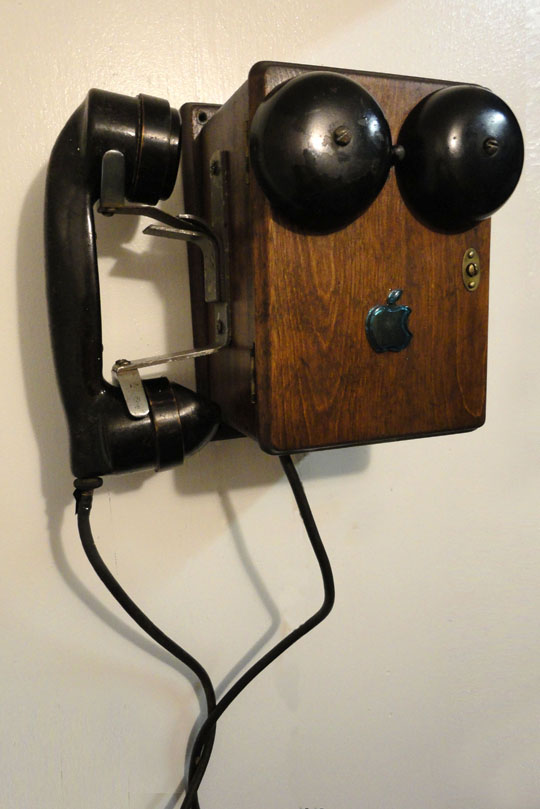
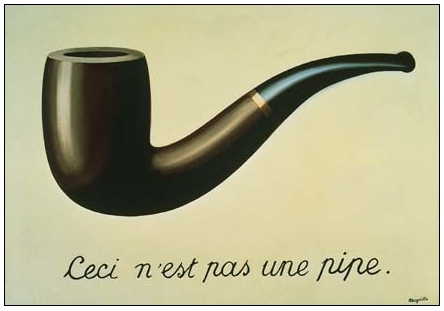

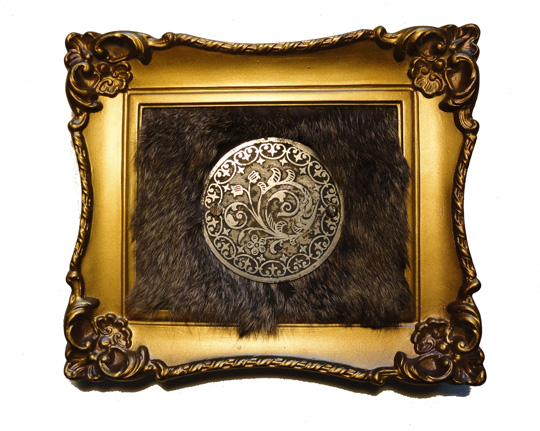
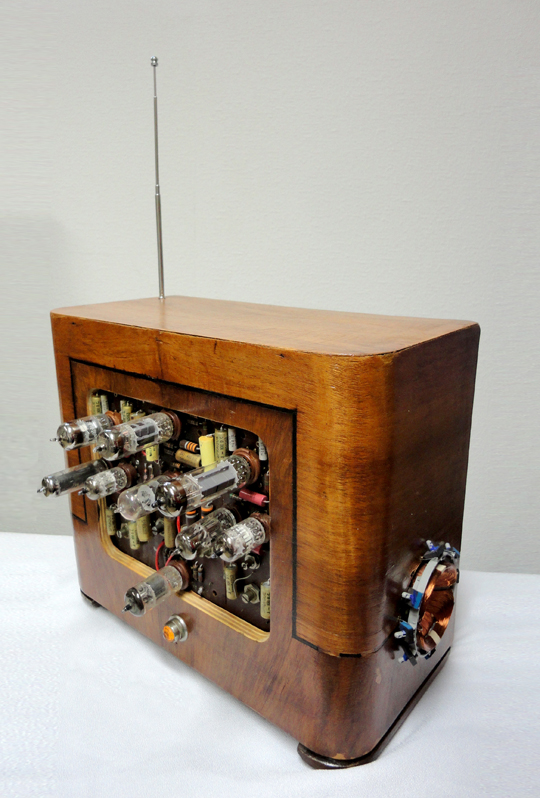
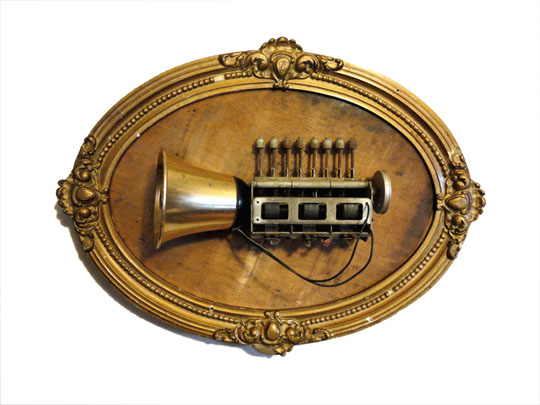
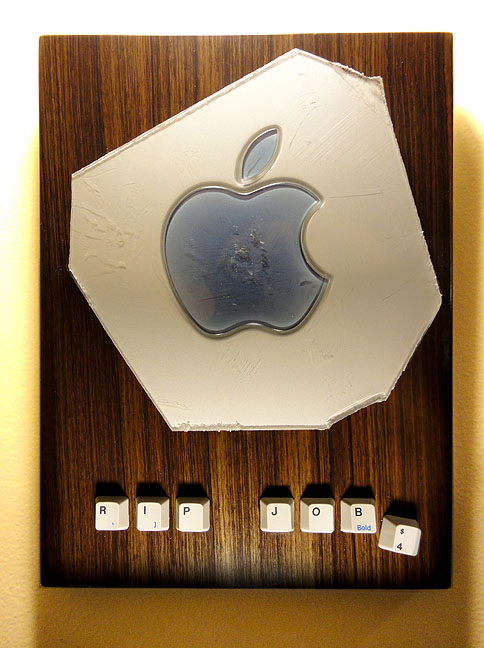


















Hi my name is Norisbel,I love what you do and wish you would contact me bacuse I have many questions for you for a class project. Thanks!
Contact me at [email protected]